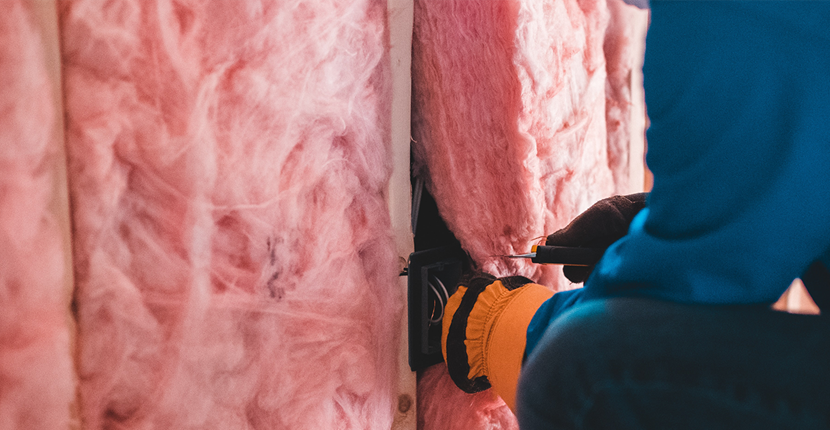Posted on 03 03 2021
What You Need to Know About the Healthy Homes Insulation Standard

As 2021 rolls on, so do the changes to rental properties. The new Healthy Homes Standards and Residential Tenancy Act amendments have brought on an extensive list of reforms, which has sometimes resulted in some confusion.
So far, we have reviewed the ventilation standard, the moisture and ingress standard, and the draught stopping standard.
After 1 July 2021, all private rental properties must comply with the new Healthy Homes Standards within 90 days of any new or renewed tenancy. As of 1 July 2024, all private rental properties must comply.
The insulation standard comes off the back of the 2016 insulation regulations. However, it includes some changes.
2016 vs Now
As of 1 July 2019, all rental properties were required to have ceiling and underfloor insulation.
Under the 2016 regulations, properties had to meet a minimum requirement for insulation. For some properties, this meant topping up existing insulation. However, some were not required to do so.
The new Healthy Homes standard increases this minimum requirement for existing insulation. This may mean that while your rental property may have been compliant with the 2016 regulations, it may not meet the Healthy Homes Standards.
R-Value
The minimum requirement for insulation is measured using the ‘R-value.’ R-value is a method for assessing the resistance of heat flow. Good insulation will resist the movement of heat, resulting in a higher R-value.
If you are unsure about an insulation product’s R-value, you will be able to find it on the package or consult an expert to make sure it meets the minimum requirement.
The R-value requirement is not one strict number. It will vary depending on your location in New Zealand, as different areas will have slightly different climates.
R-value requirements have been organised by zones.
Insulation in Zones 1 & 2:
- • Ceiling insulation must have an R-value of 2.9
- • Underfloor insulation must have an R-value of 1.3
Insulation in Zone 3:
- • Ceiling insulation must have an R-value of 3.3
- • Underfloor insulation must have an R-value of 1.3
The thickness of the insulation will depend on the product used. If your existing insulation is layered, then the total of the layer’s R-value must equal the required amount.
You can find your property’s zone on the map provided by tenancy services.
Penalties
Not complying with the insulation standard or any other Healthy Homes Standard can have serious consequences.
The Tenancy Tribunal can award exemplary damages and financial damages of up to $4000 against the landlord.
Since the insulation requirements became a legal requirement, the Tenancy Tribunal has come down swiftly on those who don’t comply. In this case, the Tribunal rejected a landlord’s claim that he wasn’t aware of the deadline, citing that not only has it been widely advertised, but that he had also gotten a quote for insulation not long before.
The benefits for insulation
While it is now the landlords’ responsibility to ensure their properties are appropriately insulated, this standard is hugely beneficial both to the landlord and the tenant.
By being properly insulated, your property will cost less to heat, resulting in lower bills. It will also keep the home drier and less likely to have mould. And, if your property has a heat pump, insulation can help it work more efficiently.
Overall, the insulation standard, like the other Healthy Homes Standards, is designed to improve and maintain the condition of your rental property. GreenSide Energy Solutions can install insulation in your property and help ensure your rental property meets the new standards.